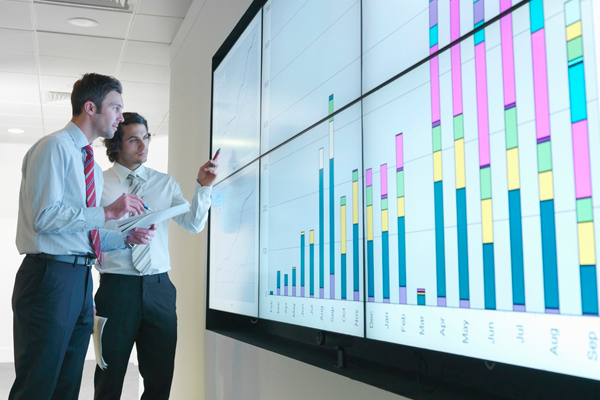One of the things high-performing sales teams have in common (apart from closing more deals) is their use of sales analytics.
Salesforce surveyed over 2,300 global sales leaders for our 2015 State of Sales report. One of the big trends we uncovered is the use of analytics to fuel more informed, behaviour-based decisions. The data shows that top teams around the world are 3.5 times more likely to use sales analytics than their underperforming peers.
Insight for growth
Here in the UK, we found that 84 percent of top performing teams were either already using sales analytics or planning to start in the next 12-18 months. As buyers demand increasingly personalised, proactive service, companies are turning to analytics to help them uncover the trends, customer insights and growth opportunities buried in their data.
Sales and marketing tailored to the customer
One of the characteristics our 2015 State of Sales report recognised in top-performing teams is the ability to consistently keep up with prospects’ and customers’ changing expectations.
One company that absolutely gets this right is The Chapar. The online retailer employs stylists to hand pick clothes for reluctant male shoppers and delivers their selections at regular intervals. If the buyer likes the items he keeps them. If not, they’re picked up free of charge.
To make sure they select the right items, the stylists need access to lots of data. Salesforce helps The Chapar to gather and analyse data about what’s selling well, products that are coming into season, their customers’ preferences and the items they returned from previous deliveries.
Staying one step ahead
Chris Seddon, Marketing Manager at The Chapar, said: “Salesforce enables us to have a really great connection with our customers and I feel that we’re always one step ahead.”
As well as helping The Chapar to service existing customers better, Salesforce makes it easier to run smart marketing campaigns.
"With Marketing Cloud, we can accurately evaluate the effectiveness of different activities and channels, and prioritise those that offer a good return on investment, " said Founder and Managing Director Sam Middleton. This insight, uncovered by analytics, helps drive down the cost of customer acquisition.
Sales Analytics on the up
The results of the State of Sales report show that sales analytics adoption will continue to grow in the coming years. Globally, use of analytics tools is set to rise by 58 percent from 2015 to 2016.
Underperforming sales teams will up their use by more than 180 percent over the next 12-18 months, closing the analytics gap on their more data-driven competitors. So even those early analytics adopters need to keep abreast of the latest technologies and tools to keep their competitive advantage.
One key growth area is predictive analytics, the use of historical and current data to make forward-looking predictions. Nearly one in five (19 percent) of the companies surveyed are currently using this innovative model, and adoption is set to grow by 135 percent over the next 12-18 months.
Is your organisation ready to make the most of sales analytics? Watch this Salesforce Analytics Cloud demo to see how it can help your business or download the State of Sales report for more actionable insights.








